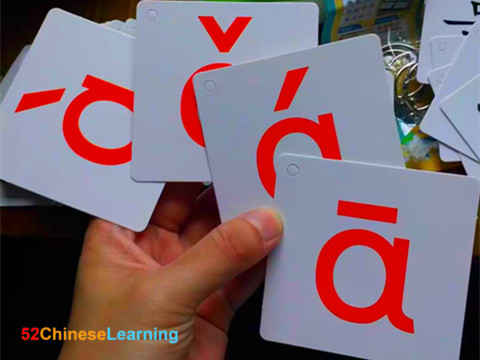Copy link succeeded! Now can share to friends.
Languages are one of the most imperative inventions of humans. It is integral in any form of civilization. It is the driver of culture and relationships within a community. Language is a medium of expression, relationship cultivation, and communication. Without languages, there are no civilizations. With civilizations, there’s no us.
Chinese is a language that has more than 3000 years of history. It is the language used by different civilizations across different eras. Like any language, Chinese contains structures and expressions unique to itself. Among these aspects are tonalities (Chinese tones).

Tonality is one of the fundamental aspects of Chinese. However, it is also one of the reasons why most people consider Chinese to be one of the hardest languages in the world. However, tonalities exist in all languages. It is the way of application that differentiates Chinese from different vernaculars.
To understand how the Chinese language applies tonalities in its structure, let’s examine each tonality bit by bit.
Tone (声调shēng diào) is an imperative component of Chinese syllables (音节yīn jié). It refers to the change in pitch that accompanies the change in semantics and syntax. The Chinese language built its whole structure upon tonalities. It even enhances the rhythm of language visible in Chinese literature and modern Chinese poetry. Because a syllable in Chinese is a Chinese character (汉字hàn zì ), the tone is also called word tone (字调zì diào).
To speak Chinese eloquently, one must be able to understand the nuances of Chinese tones. Through this, they will be able to differentiate characters and construct sentences better.
Currently, there are four tones in Putonghua: level tone (-), rising tone (/), falling-rising tone (ˇ), and falling tone (\). Level tone (-) refers to a neutral level of pitch. The pitch we use when we are casually conversing with people. On the other hand, rising tone (/) pertains to a sharp increase in pitch. We often use this pitch when asking a question. Inversely, falling tone (\)is a sharp decrease in pitch, like when agreeing with somebody. Lastly, the falling-rising tone (ˇ) maintains a neutral tone that goes down and then immediately goes up. The difference in tones will make a difference in meaning
For examples: 妈 mā (mother), 麻 má (numb, spotted, coarse), 马 mǎ(horse), and 骂 mà (abuse).
Many syllables in the phonetic sequence often lose their original tones and are read as light and short tones. It is not the fifth tone other than the fourth tone, but a special tone sandhi of the fourth tone, which physically shows that the length of the tone becomes shorter and the intensity becomes weaker. Such as stone (石头shí tou).
Tone sandhi refers to the phenomenon of continuous emission of Chinese syllables. Consequently, the tone values influence the values of some syllables. The syllable changes. For example, when two upper-tone words are connected in Putonghua, the first word becomes a rising tone.
Take “nǐ hǎo” (你好 hello) for example. Both nǐ and hǎo are the “third tone” of the original tone, but nǐ with the third syllable must be upgraded to the “second tone” ní, and ” nǐ hǎo ” should be pronounced “ní hǎo “.
Learning Pinyin tones well will help you to read Chinese characters correctly and prevent others from misunderstanding your meaning. The following below are some examples:
水 (shuǐ): the third tone, but in phrases “shuǐ jiǎo”, it needs tone sandhi to second tone “shuí“.
睡 (shuì): the fourth tone
饺 (jiǎo): the third tone
觉 (jiào): the fourth tone
稀 (xī): the first tone
喜 (xǐ): the third tone
饭 (fàn): the fourth tone
欢 (huān): the first tone
版 (bǎn): the third tone, but in phrases “bǎn zhǔ”, it needs tone sandhi to second tone “bán”.
斑 (bān): the first tone
主 (zhǔ): the third tone
竹 (zhú): the second tone
On social networking platforms, words with similar pronunciations are often used to refer to another word. The above three examples are homophonic substitutes that often appear on the Internet. If you don’t understand them, you may misunderstand what others mean.
声调 (shēng diào): the first tone and the fourth tone, = tone.
音节 (yīn jié): the first tone and the second tone, =syllable.
汉字 (hàn zì): Both are the fourth tone, = Chinese character.
For example
Hànyǔ pīnyīn yǒu sì lèi shēngdiào.
汉语 拼音 有 四 类 声调。
There are four kinds of tones in Chinese Pinyin.
Zài hànyǔ zhōng, yìbān yí gè yīnjiē jiù duìyìng yígè hànzì.
在 汉语 中,一般 一个 音节 就 对应 一个 汉字。
In Chinese, a syllable usually corresponds to a Chinese character.
Above all, we could know the importance of Chinese tones when we learn the Chinese language, they are a crucial and basic part of Chinese studying.
Your first 1-on-1 Chinese lesson offer